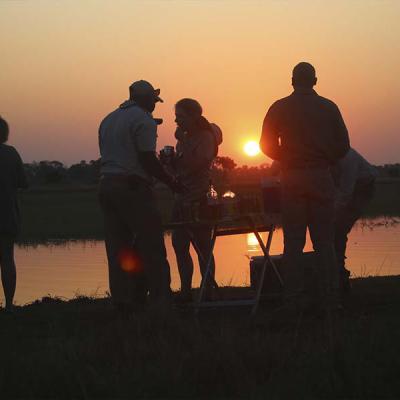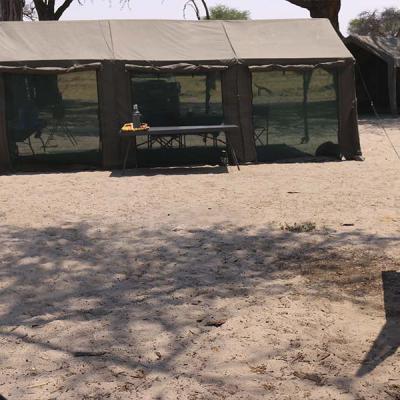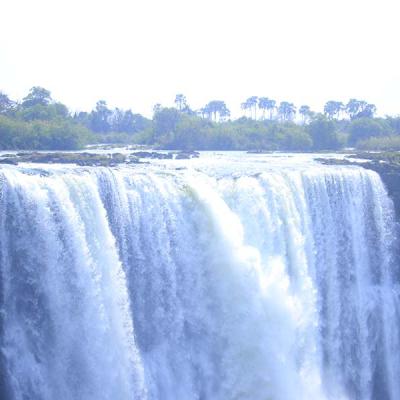
Rising dramatically from the Kalahari scrub bush, the magnetic power of Tsodilo Hills captivates and mystifies. There is undeniable spiritualism about the Hills that immediately strikes any visitor. Tsodilo is a sacred, mystical place where the ancestral spirits of the San, the original inhabitants, and the Hambukushu, who have periodically occupied the hills for the past 200 years, dwell. Their ancestors performed rituals here to ask for assistance and rain. They also put paintings on the rock face, the meaning and symbolism of which remain a mystery to this today.
Rock paintings are nearly everywhere – representing thousands of years of human inhabitation. They are amongst the region's finest and most important. There are approximately 4 000 in all, comprising red finger paintings and geometrics. It is almost certain that most paintings were done by the San, and some were painted by the pastoral Khoe people who later settled in the area. The red paintings were done mainly in the first millennium AD.
Two of the most famous images are the rhino polychromes and the Eland panel, the latter situated on a soaring cliff overlooking the African wilderness. Indeed, many paintings' inaccessibility may be linked to their religious significance.
Declared a UNESCO World Heritage Site in 2002, Tsodilo Hills includes a museum, administration buildings, a main campsite and ablutions, and three smaller un-serviced campsites nearby.









